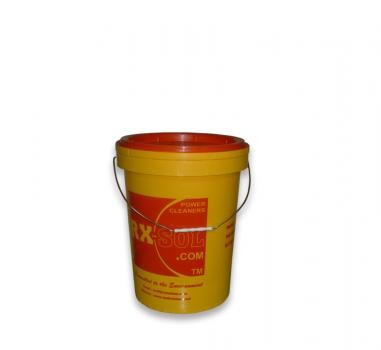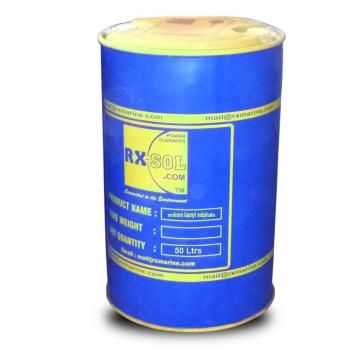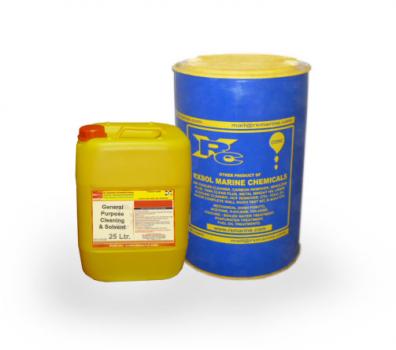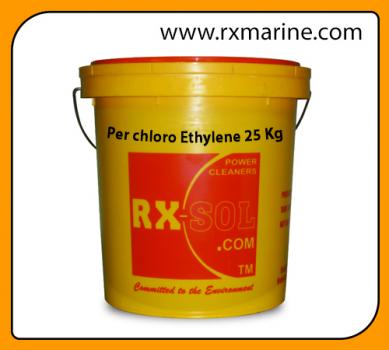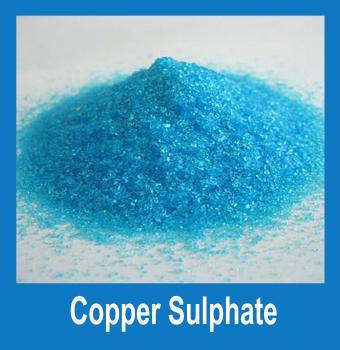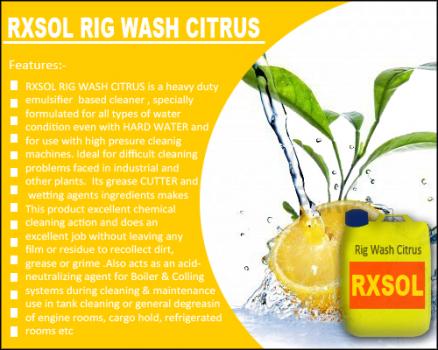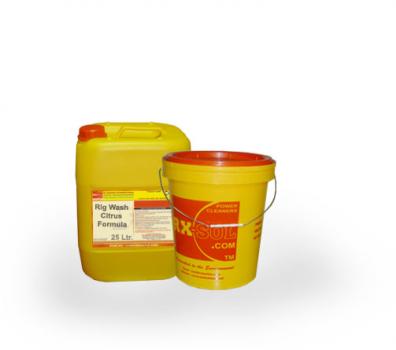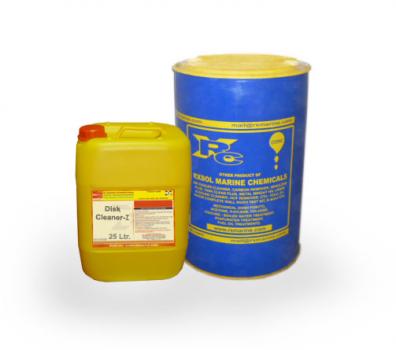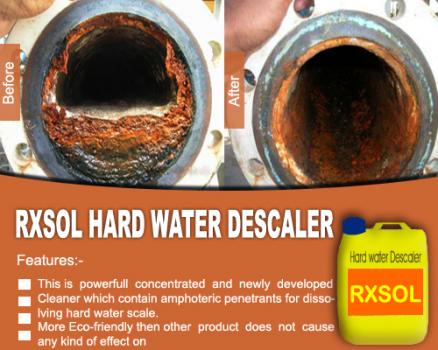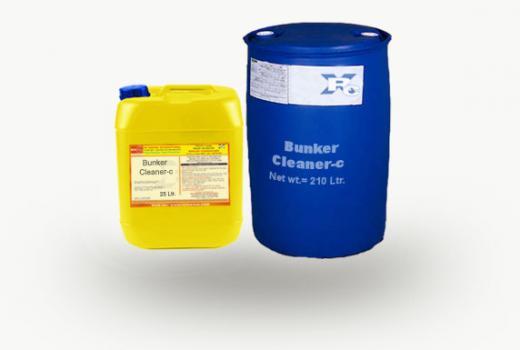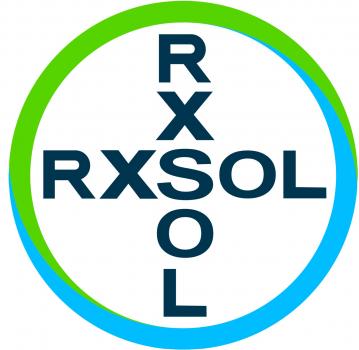Copper sulphate, blue stone, blue vitriol are all common names for pentahydrated cupric sulphate, Cu S04 5 H20, which is the best known and the most widely used of the copper salts. Indeed it is often the starting raw material for the production of many of the other copper salts. Today in the world there are more than 100 manufacturers and the world's consumption is around 200,000 tons per annum of which it is estimated that approximately three-quarters is used in agriculture, principally as a fungicide.
Manufacture In the production of copper sulphate virgin copper is seldom, if ever, used as the starting raw material. Copper ores are used in countries where these are mined. For the bulk of the world's production nonferrous scrap is the general source. The scrap is refined and the molten metal poured into water to produce roughly spherical porous pieces about the size of marbles which are termed "shot". This shot is dissolved in dilute sulphuric acid in the presence of air to produce a hot saturated liquor which, if the traditional large crystals of copper sulphate are required, is allowed to cool slowly in large cooling vats into which strips of lead are hung to provide a surface for the crystals to grow on. If the granulated (snow) crystal grades are desired, the cooling process is accelerated by agitating the liquor in water cooled vessels.
Other methods of production are:
- By heating copper scrap with sulphur to produce copper sulphide which is then oxidised to form copper sulphate.
- By heating copper sulphide ores to produce copper oxide which is then treated with sulphuric acid to form copper sulphate.
- By slow leaching in air of piles of low grade ore. Bacterial action is sometimes employed to hasten the process. A solution of copper sulphate drains away from such heaps.
Commercially copper sulphate contains 25 % metallic copper and is sold with a guaranteed minimum purity of 98 % copper sulphate. It is produced in a number of grades varying from large crystal lumps, of 25 mm or more in diameter from which it appropriately derives the name bluestone, to very fine powders of almost the fineness of talcum powder. The four commonest grades, based on crystal diameter sizes, are:
- Large crystals (from 10 mm to 40 mm)
- Small crystals (from 2 mm to 10 mm)
- Granulated or snow crystals (less than 2 mm)
- Windswept powder (less than 0.15 mm)
Uses of Copper Sulfates
Copper sulphate is a very versatile chemical with as extensive a range of uses in industry as it has in agriculture. Its principal employment is in agriculture, and this role is described in some detail in the next section.
Up to a generation or so ago about its only uses in the industry were as a mordant for dyeing and for electroplating, but today it is being employed in many industrial processes. The synthetic fibre industry has found an application for it in the production of their raw material. The metal industry uses large quantities of copper sulphate as an electrolyte in copper refining, for copper coating steel wire prior to wire drawing and in various copper plating processes. The mining industry employs it as an activator in the concentration by froth flotation of lead, zinc, cobalt and gold ores. The printing trade takes it as an electrolyte in the production of electrotype and as an etching agent for process engraving. The paint industry uses it in anti-fouling paints and it plays a part in the colouring of glass. Indeed, today there is hardly an industry which does not have some small use for copper sulphate.





